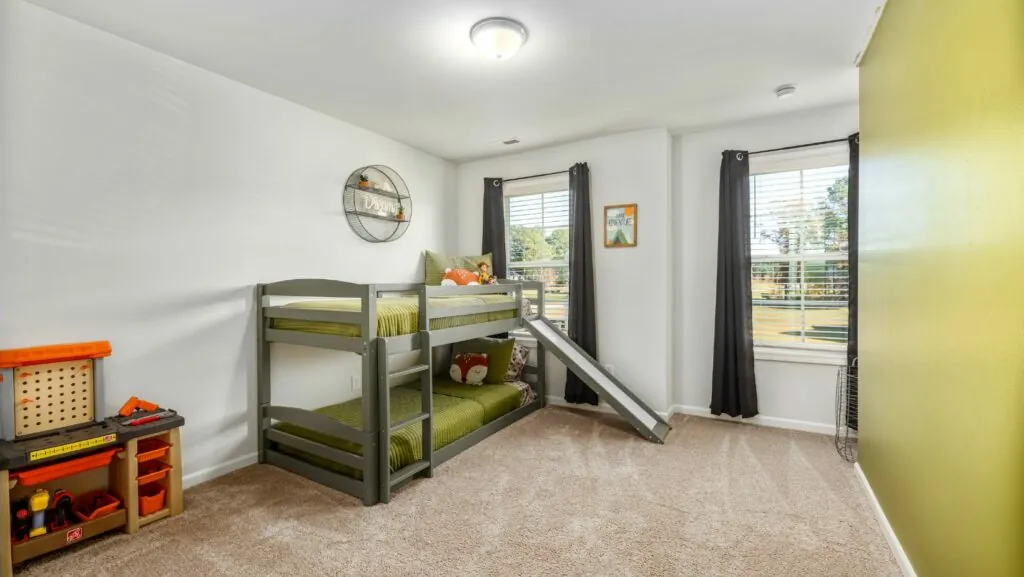Moving to a new home marks the beginning of an exciting chapter. But for children, the experience can be both thrilling and unsettling. They’re not just leaving a house, they’re leaving behind the comfort of familiarity, friendships, routines, and their own personal space. While adults may focus on logistics and responsibilities, kids often crave emotional grounding and reassurance.
The good news is, there are simple and intentional ways to help your children settle in and feel truly at home quickly and naturally. Whether you’re relocating across the city or to an entirely new area, here are thoughtful tips to help make your new house feel like home, especially for the little ones.
Table of Contents
ToggleSet Up Their Space First
Children feel most secure when they know where their things are and have a space to call their own. Unpacking and setting up their bedroom should be one of your first priorities. Even if the rest of the house is still in boxes, having their bed made, favorite toys unpacked, and books on a shelf gives them a sense of comfort and normalcy.
For shared or smaller rooms, choosing furniture that’s both functional and fun can make a big difference. A corner triple bunk bed is an ideal solution for siblings sharing a room, as it saves space while giving each child their own area to sleep and store personal items. Creating a cozy, organized bedroom helps them feel settled and supported.
Recreate Familiar Routines
Children thrive on routine, and a move can easily disrupt their sense of structure. Try to quickly reestablish familiar daily activities like morning breakfasts at the table, bedtime stories, or after-school snacks in the kitchen. Even small, predictable moments go a long way in helping children feel anchored in a new space.
If your children were used to certain habits in the old house, such as brushing their teeth at a specific bathroom sink or having a reading nook, see if you can replicate those experiences. It brings a sense of continuity that is deeply reassuring.
Involve Them in the Setup Process
Giving your children a voice in how their new home is arranged helps them feel more in control during an overwhelming time. Let them choose colors for their rooms, pick where their toys will go, or decide how to arrange their bookshelf. These small decisions can have a big emotional impact.
Even if you’re still figuring out where things go, involving your kids in the decision-making helps build excitement rather than resistance to the move.
Surround the Space with Familiarity
Don’t underestimate the power of the familiar. Items like family photos, favorite blankets, artwork from the previous home, and everyday dishes can make your house feel warmer and more lived-in. Children notice when things are missing, so incorporating these pieces early on can ease the transition.

Don’t rush to fill your home with all-new things. Familiar textures, smells, and sounds help bridge the emotional gap between old and new.
Create Spaces for Comfort and Play
Aside from bedrooms, consider setting up designated areas for play, creativity, or relaxation. Even a small corner with a bean bag, some crayons, and picture books can serve as a cozy retreat. These zones give kids a chance to unwind and feel safe in their new environment.
If you have outdoor space, introduce some simple play elements like a sandbox, a small trampoline, or a garden spot they can help take care of. Outdoor time also helps children adapt faster to new surroundings.
Reduce the Stress of the Move Itself
One of the best ways to make your new home feel welcoming is by reducing the stress that comes with moving. Working with a professional moving company can free up your time and energy to focus on your children’s emotional needs instead of just logistics.
Knowing that the physical move is handled gives you more mental space to create positive experiences in your new home from day one.
Host a Welcome Activity
Once you’ve settled in a bit, organize a fun welcome activity with your kids. This could be as simple as baking cookies together, camping out in the living room, or creating a “new house scavenger hunt” where they explore and get excited about each room. It’s a great way to start forming happy memories in the new space.
If you’re comfortable, inviting a few neighborhood families for a casual get-together can also help your kids connect with new friends and feel part of the community.
Final Thoughts
Making a house feel like home is about more than furniture or decor. It’s about emotional connection, routine, and familiarity. Especially for children, feeling safe and seen is what makes a space truly special.
By creating cozy corners, involving them in decisions, and gently restoring familiar habits, you can help your kids feel right at home, even in an unfamiliar place. And when the children feel settled, the whole family breathes a little easier.


